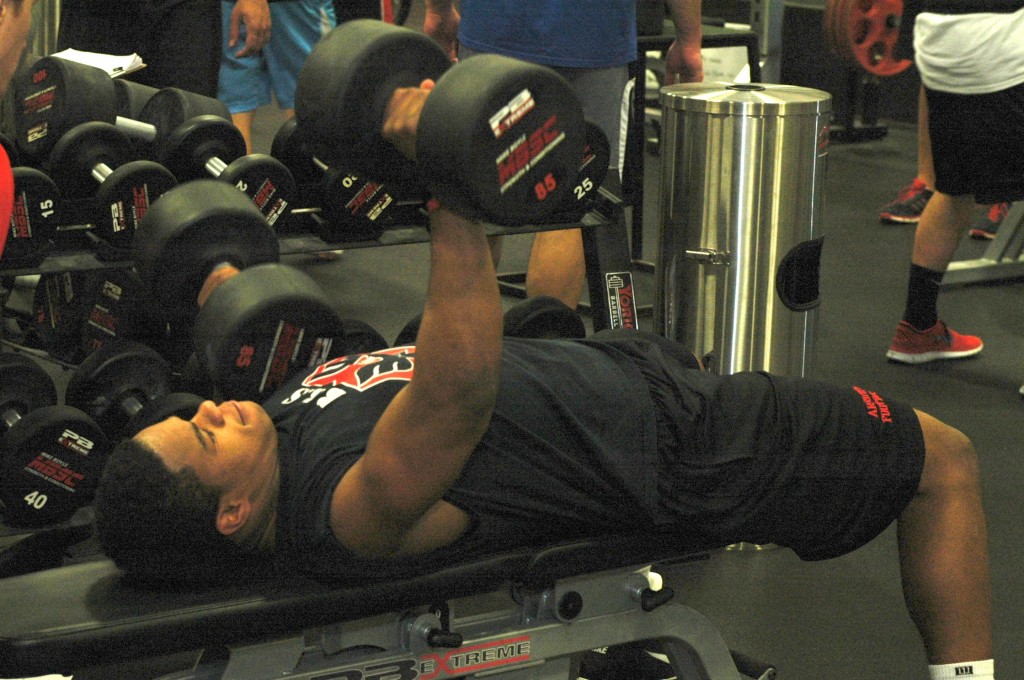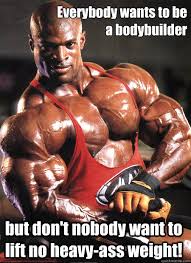Training Notes: In-Season Training and Chain Resisted Lateral Crawls
While in the midst of our daily pursuits, moments of mindfulness and reflection are scarce. In our professional lives especially, moments of reflective practice are easily drowned out by the stampede of the working world around us.
As a coach and therapist, experience is undoubtedly the best teacher; as every session with every client will present a new learning opportunity.
With a client population as large and as diverse as MBSC’s the teachable moments on a daily basis are countless. With that said, in interest of providing more frequent content for the blog as well as forcing myself to engage in reflective practice I am instituting a weekly (maybe bi-weekly…) “Training Notes” segment to share these “teachable moments.” All of these reflections will come out actual client experiences or conversations with fellow MBSC coaches from the previous week.
It’s my hope that this segment will serve two purposes:
1). Allow me to grow professionally via reflective learning.
2). Provide practical wisdom to other coaches and therapists in the field.
I hope you enjoy the read and please share your thoughts in the comments section.

In-Season Training
In my experience coaching high school and collegiate athletes, it seems that in-season training is extremely undervalued by athletes, parents and sport coaches. Additionally, it seems to be a topic that is often misunderstood by Performance Enhancement Specialists. Parents don’t see the value, sport coaches are afraid of it, athletes aren’t motivated to do it and to make matters worse many PES coaches are butchering it’s application.
In educating the consumer (think parent, sport coach, athlete) it’s important to stress the power of in-season training to create a stable eco-system for the athlete. The correct inputs, via training can enhance recovery from competition while also improving (notice I didn’t say maintaining) performance outputs over the course of a season.
Aerobic efforts and neurological interventions can enhance recovery of the nervous system improving physiolgical readiness for training and competition.
Active mobility routines can counteract losses of joint range of motion that can occur over the season and improve connective tissue resiliency.
Consistent strength training will yield improvements in strength and explosiveness during the season.
These are just a few of the benefits.
A better understanding of in-season training is also needed for the strength and conditioning professional. As strength coaches it’s important to remember that in-season training is still training. Contrary to many perceptions, in-season training is not about strength maintenance or “pre-hab”, it’s about recovering efficiently and getting stronger. At the high school and collegiate level especially the biological well is deep for improving strength and size in spite of the demands of a competitive season.
It seems that far too often, as competition picks up training sessions once defined by heavy bench presses and squats transform into sessions filled predominantly by foam rolling and mobility work while the goal of getting stronger gets lost somewhere in the chaos.
If unchecked, the grind of a competitive season will net you nervous system breakdown and muscular atrophy by seasons end. With good intentions coaches will often institute recovery sessions focused on rolling, stretching and a “light lift” in hopes of facilitating recovery in their athletes. More often than not though, this approach results in inefficient training sessions and increasingly weakened athletes.
While there is value in foam rolling and static stretching, it will not counteract a distressed nervous system or drastically improve connective tissue health much less get our athlete stronger. “A light lift” is a phrase that makes zero sense to me. What the hell is the point? I’ve always believed the old saying “If we are not getting better than we are getting worse” and our goal should not be to maintain strength and explosiveness in-season, it should be to improve it. By and large, as coaches we need improved efficacy of our recovery strategies and more aggressive application of strength training programs during the competitive season.
It’s crucial to understand the symbiotic relationship between recovery interventions and strength training. Effective recovery strategies will create an opportunity for effective strength training. Effective strength training will bolster the against further physiological breakdown. Below are some strategies that I have found to be successful for in-season training.
1). Stick to the basics. Push/Pull/Legs/Core. Don’t ditch your main lifts.
2). Choose low impact/high reward exercises. In-season, I prefer kettlebell swings for explosive power as opposed to olympic lifts and jumps. I find KB swings have a short learning curve and provide a lot of value with minimal risk.
3). Avoid exercises that cause excessive soreness/inflammation. Exercises with excessive eccentric emphasis should be swapped for ones that cause less tissue damage. I personally like incorporating heavy isometrics and sled pushing.
4). Program strength exercises with high-intensity and low volume. I will have my athletes work up to 1-2 heavy sets per exercise and be done. This provides enough stimulus for nervous system adaption without excessive tissue/nervous system insult.
5). Incorporate PRI interventions to restore your athletes structural balance and physiological adaptability. To directly steal from Eric Oetter, Postural Respiration Institute is about “it’s about restoring system balance, variability, and adaptive potential.” Essentially, restoring systemic balance via these techniques can “lower the physiological cost of doing business” allowing your athletes to train harder and recover more rapidly. In using PRI as an adjunct to my training programs I have absolutely seen my athletes display improved adaptation to training and resiliency through competition.
6). Counteract performance related mobility deficits with Functional Range Conditioning techniques. Athletes will often lose mobility in adaptation to the demands of their sport. Andreo Spina’s FRC techniques have proved to be valuable in improving join health during the season. I frequently using the two techniques below to maintain hip and shoulder internal rotation.
FRC Hip Opening Sequence
FRC Active Sleeper
A wise man once to me “The goal is to keep the goal the goal”. In the weight room, no matter the season, the goal should always be about getting stronger. Recovery should be stressed but only as a means to support our goal of building strength. Don’t forget what your goal is.
Sidebar: (This came out way longer than I intended. I suck at writing short posts. Should I expand on this topic in a longer post?)
Training Video: Chain Resisted Lateral Crawls
Crawling variations are a consistent staple in virtually every program I write, including my own. I will program them into both the lift and the warm-up as they’ve proven to be a valuable tool to develop whole body movement quality. Most notably, reflexive core stability and closed chain shoulder stability.
I most frequently program bear crawls and lateral crawls. Bear crawls are a great starting point for clients who are new to crawling and are just beginning to develop baseline coordination and stability. As we progress, I love to program the lateral crawl as it carries a slightly greater demand on the core musculature than the bear crawl and requires that you move in the transverse plane. After programming the bodyweight lateral crawl this with some consistency for both myself and my clients I was looking to up the ante, so I added some external resistance via chains. I have frequently dragged to chains to intensify bear crawls but until now I had never added resistance to lateral crawling. Both my clients and I have really enjoyed the challenge of this new variation. Check it out below and let me know what you think!
